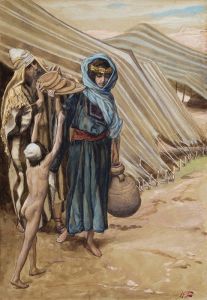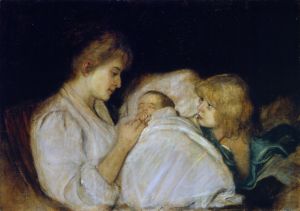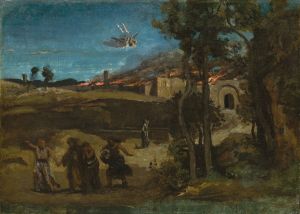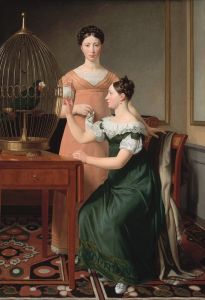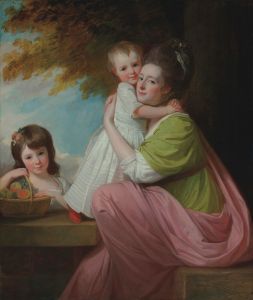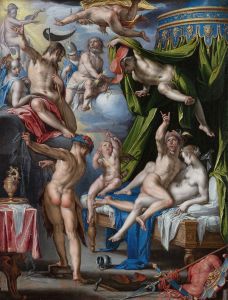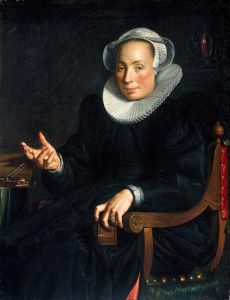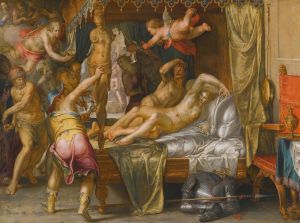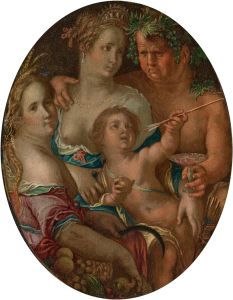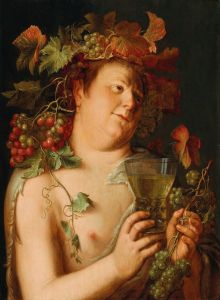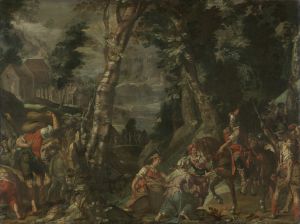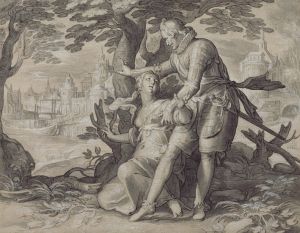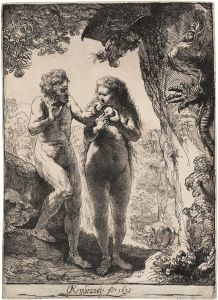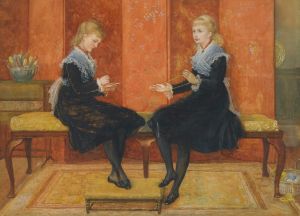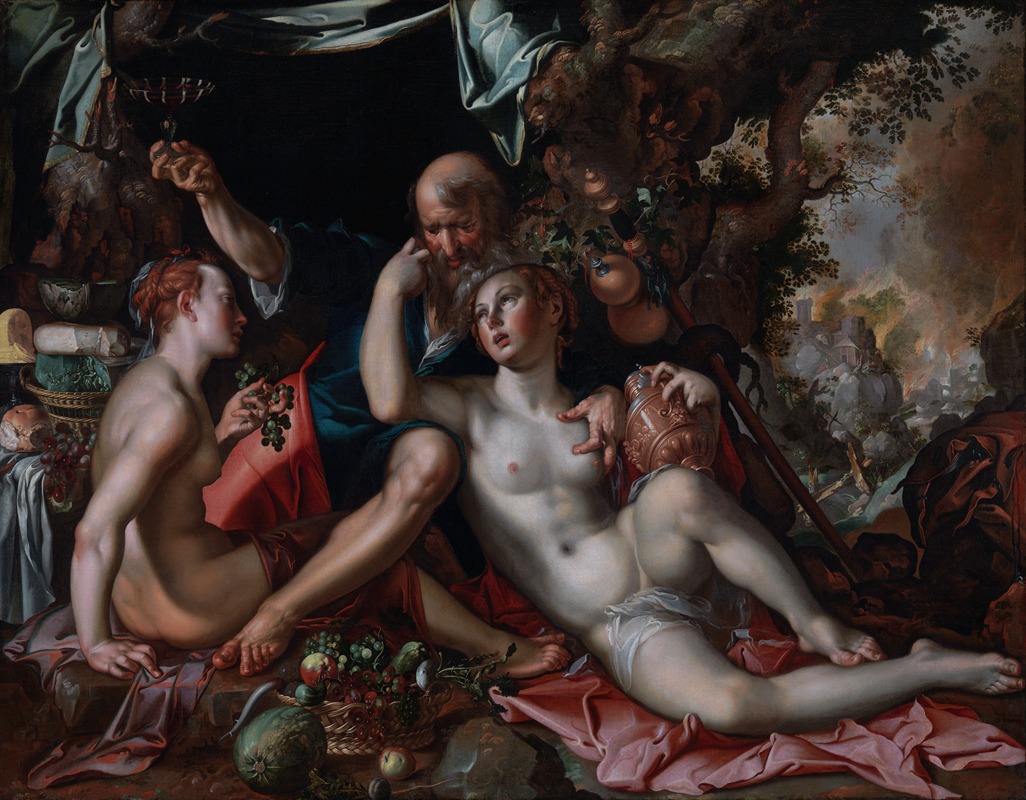
Lot and His Daughters
A hand-painted replica of Joachim Wtewael’s masterpiece Lot and His Daughters, meticulously crafted by professional artists to capture the true essence of the original. Each piece is created with museum-quality canvas and rare mineral pigments, carefully painted by experienced artists with delicate brushstrokes and rich, layered colors to perfectly recreate the texture of the original artwork. Unlike machine-printed reproductions, this hand-painted version brings the painting to life, infused with the artist’s emotions and skill in every stroke. Whether for personal collection or home decoration, it instantly elevates the artistic atmosphere of any space.
"Lot and His Daughters" is a painting by the Dutch Mannerist artist Joachim Wtewael, created in 1604. Wtewael was known for his intricate compositions and vibrant use of color, and this work exemplifies his skill in depicting complex narratives with a high level of detail and emotional intensity.
The painting illustrates a biblical story from the Book of Genesis. After the destruction of Sodom and Gomorrah, Lot and his two daughters take refuge in a cave. Believing that they are the last people on earth, the daughters decide to intoxicate their father and conceive children with him to preserve their family line. This narrative is a common subject in art, often explored for its dramatic and moral implications.
Wtewael's interpretation of the story is notable for its vivid and dynamic composition. The painting captures the moment of seduction, with Lot reclining in a drunken stupor while his daughters attend to him. The artist employs a rich palette, with deep reds, blues, and golds, to enhance the emotional and sensual atmosphere of the scene. The figures are rendered with meticulous attention to detail, characteristic of Wtewael's style, and the composition is filled with symbolic elements that invite viewers to engage with the moral complexities of the narrative.
Joachim Wtewael was a prominent figure in the Utrecht school of painting, and his work is often associated with the Mannerist movement, which was characterized by exaggerated forms, vibrant colors, and complex compositions. "Lot and His Daughters" exemplifies these traits, showcasing Wtewael's ability to blend narrative depth with visual complexity.
The painting is housed in the National Gallery of Art in Washington, D.C., where it is part of a collection that highlights the richness of Dutch and Flemish art from the 16th and 17th centuries. It is considered one of Wtewael's masterpieces, reflecting both his technical prowess and his engagement with the moral and philosophical themes of his time.
Wtewael's work, including "Lot and His Daughters," is appreciated for its ability to convey the tension between human desire and divine morality, a theme that resonates throughout much of his oeuvre. The painting invites viewers to reflect on the consequences of human actions and the complexities of familial relationships, themes that remain relevant in contemporary discussions of art and morality.
Overall, "Lot and His Daughters" is a significant example of Joachim Wtewael's artistic legacy, offering insight into the Mannerist style and the cultural context of the Dutch Golden Age. Through its intricate composition and rich symbolism, the painting continues to engage audiences with its exploration of timeless human themes.





